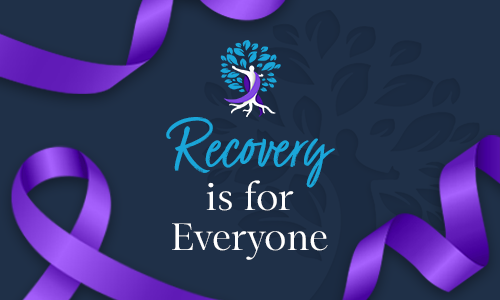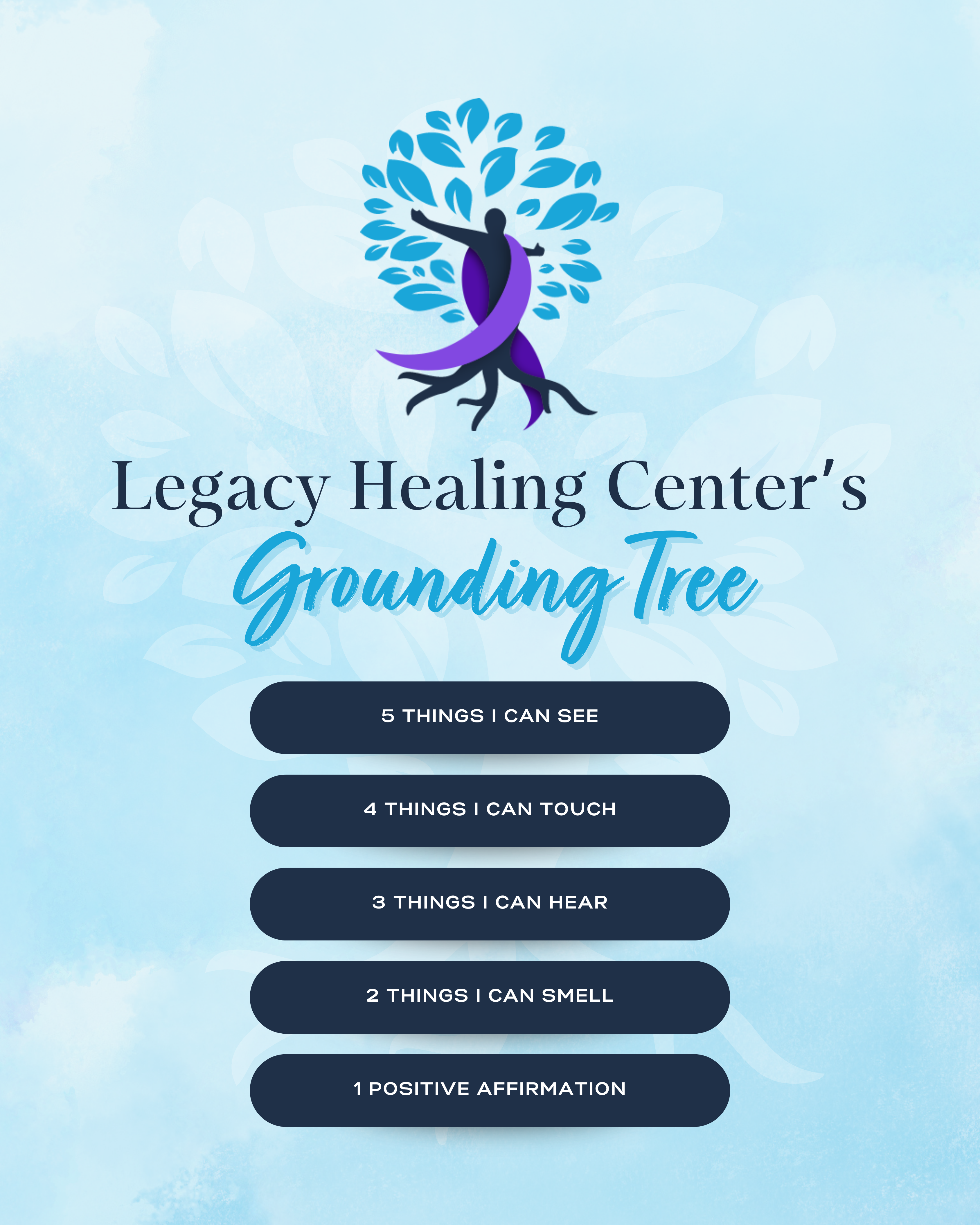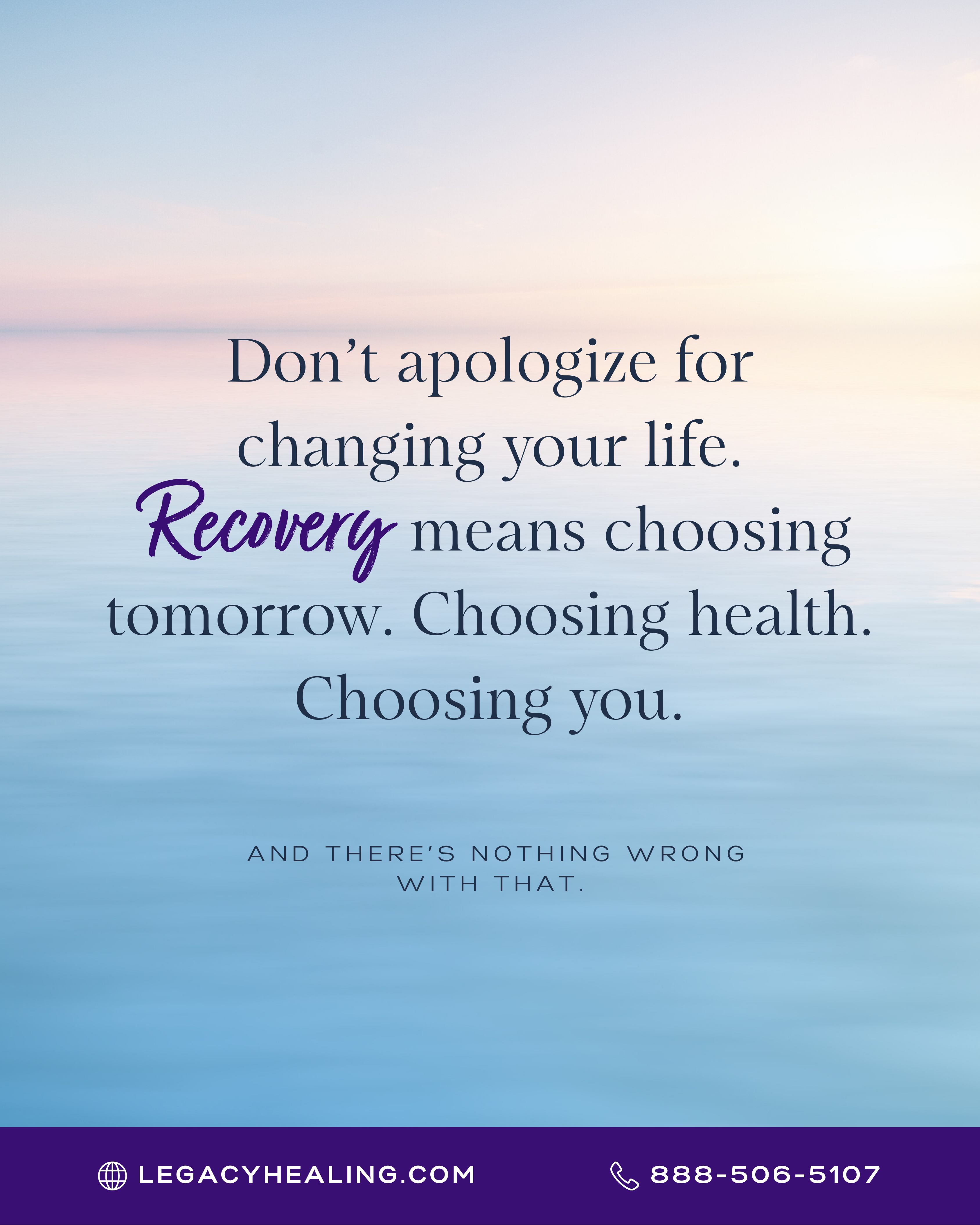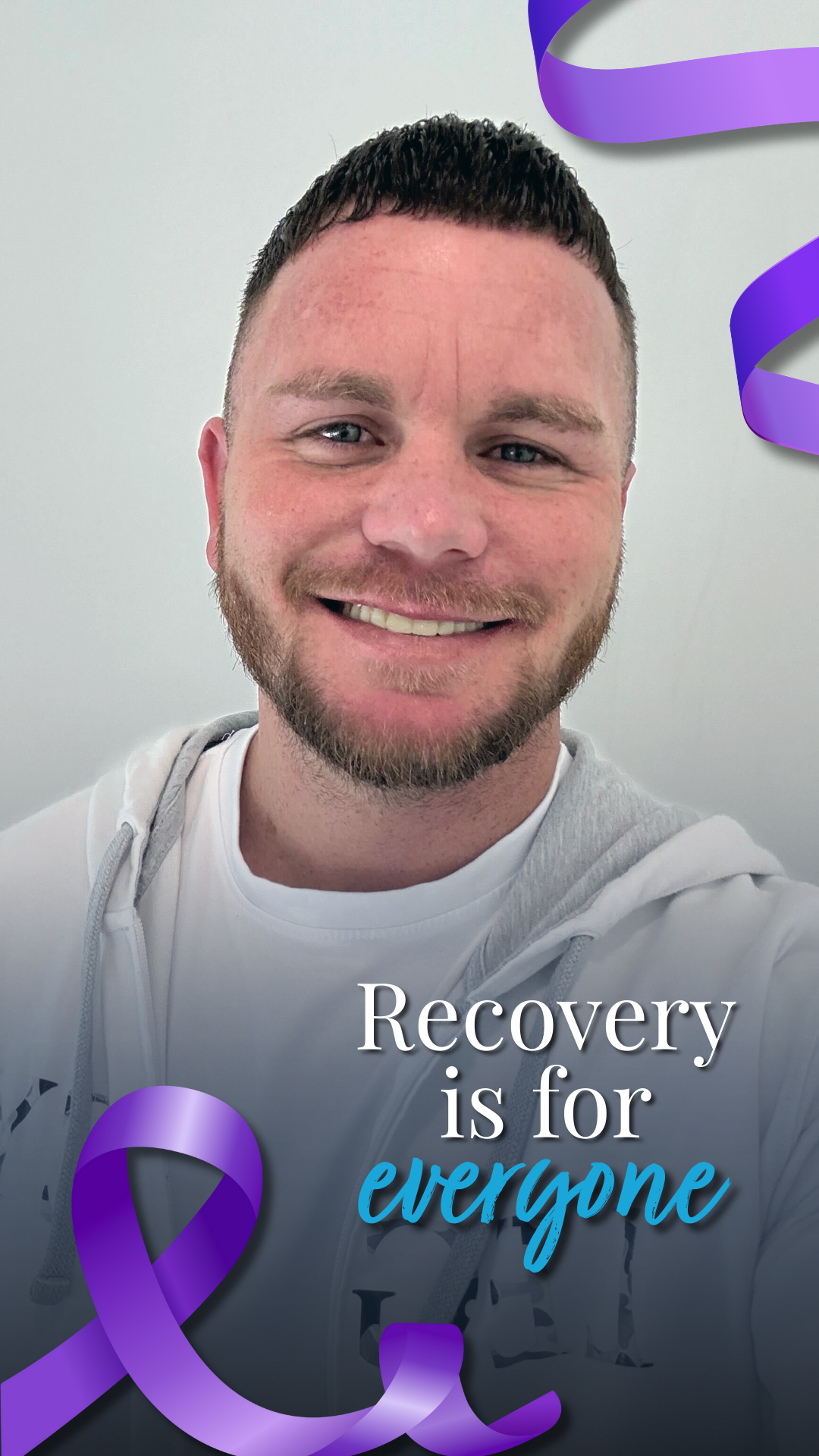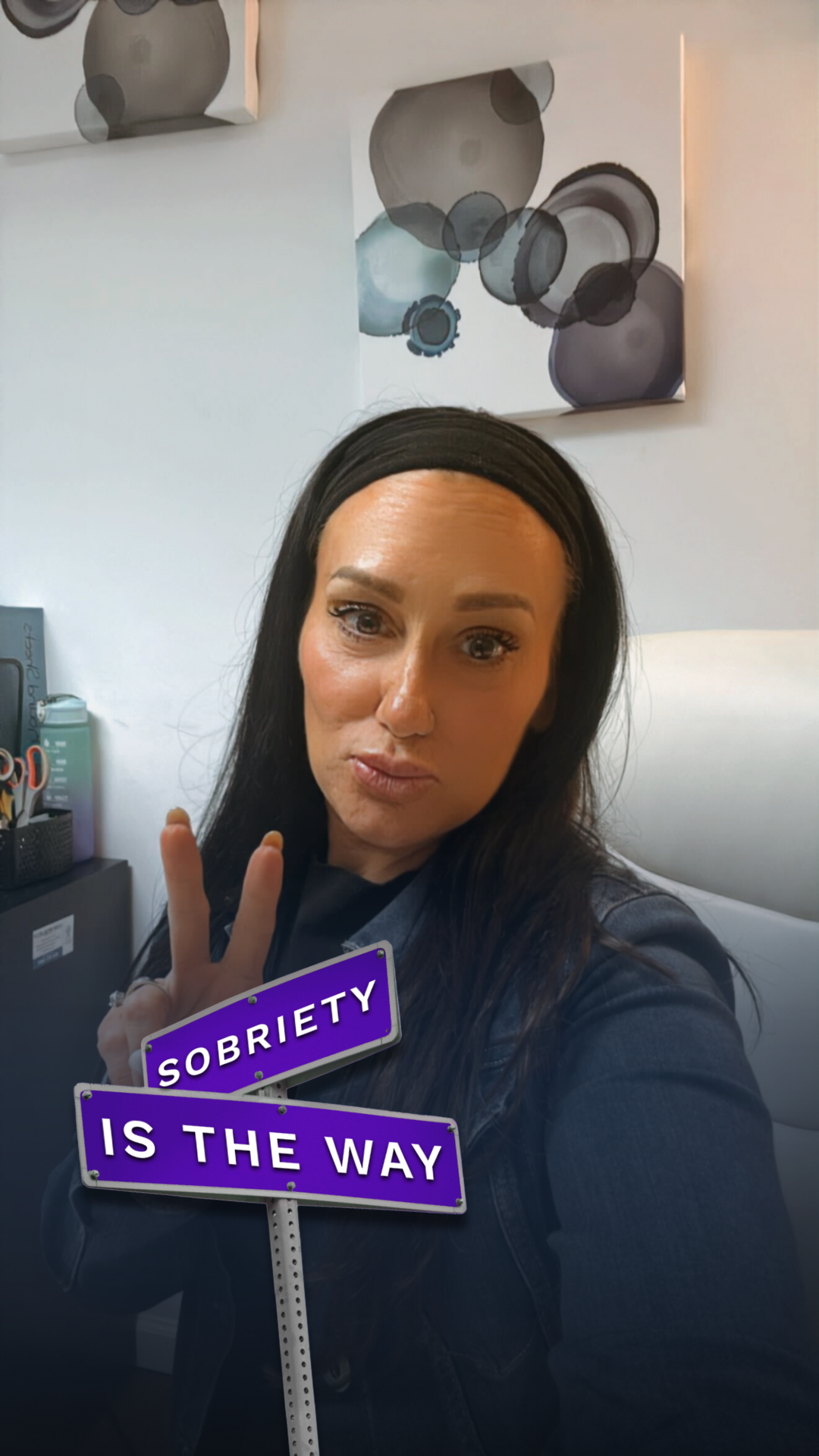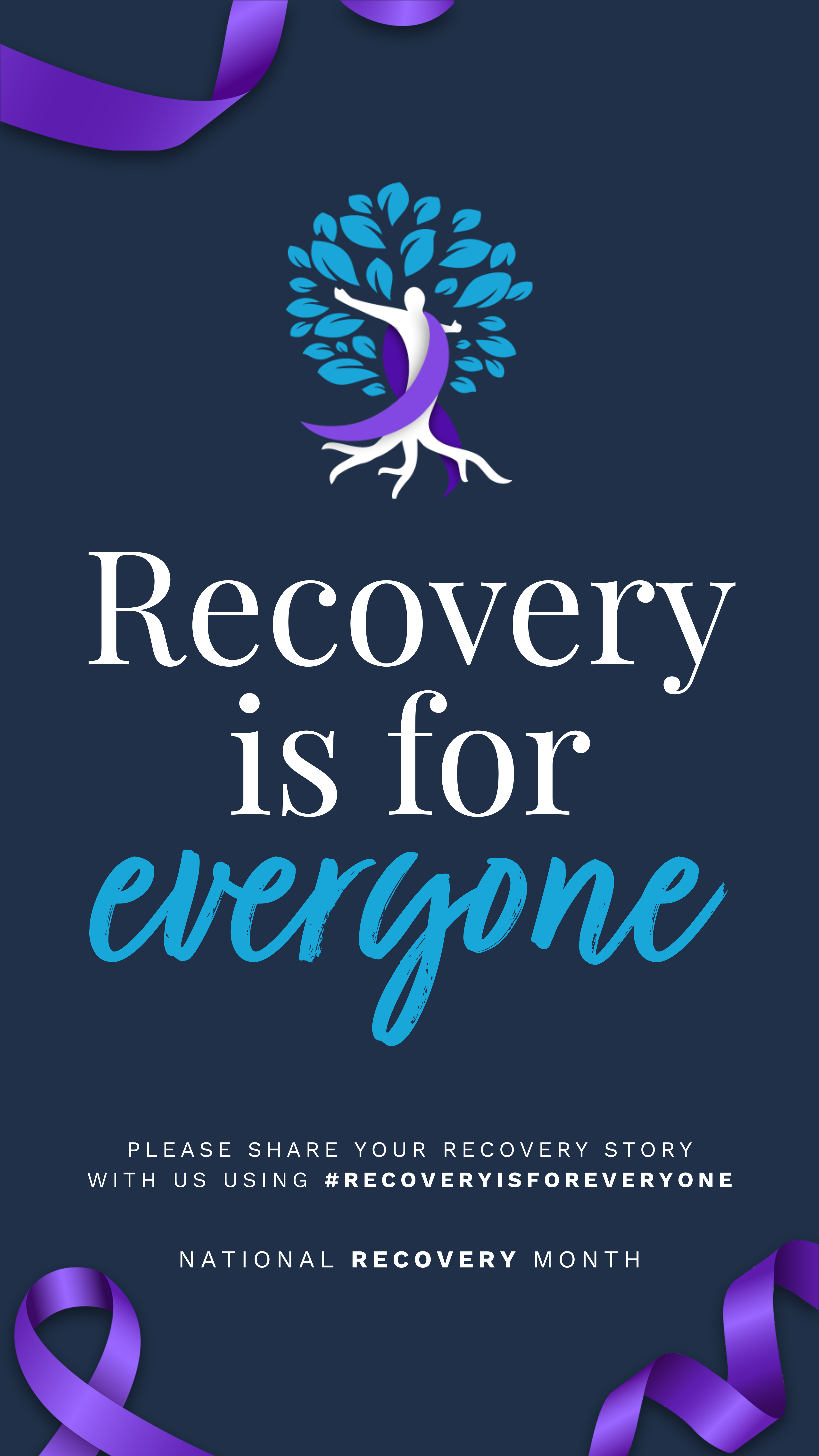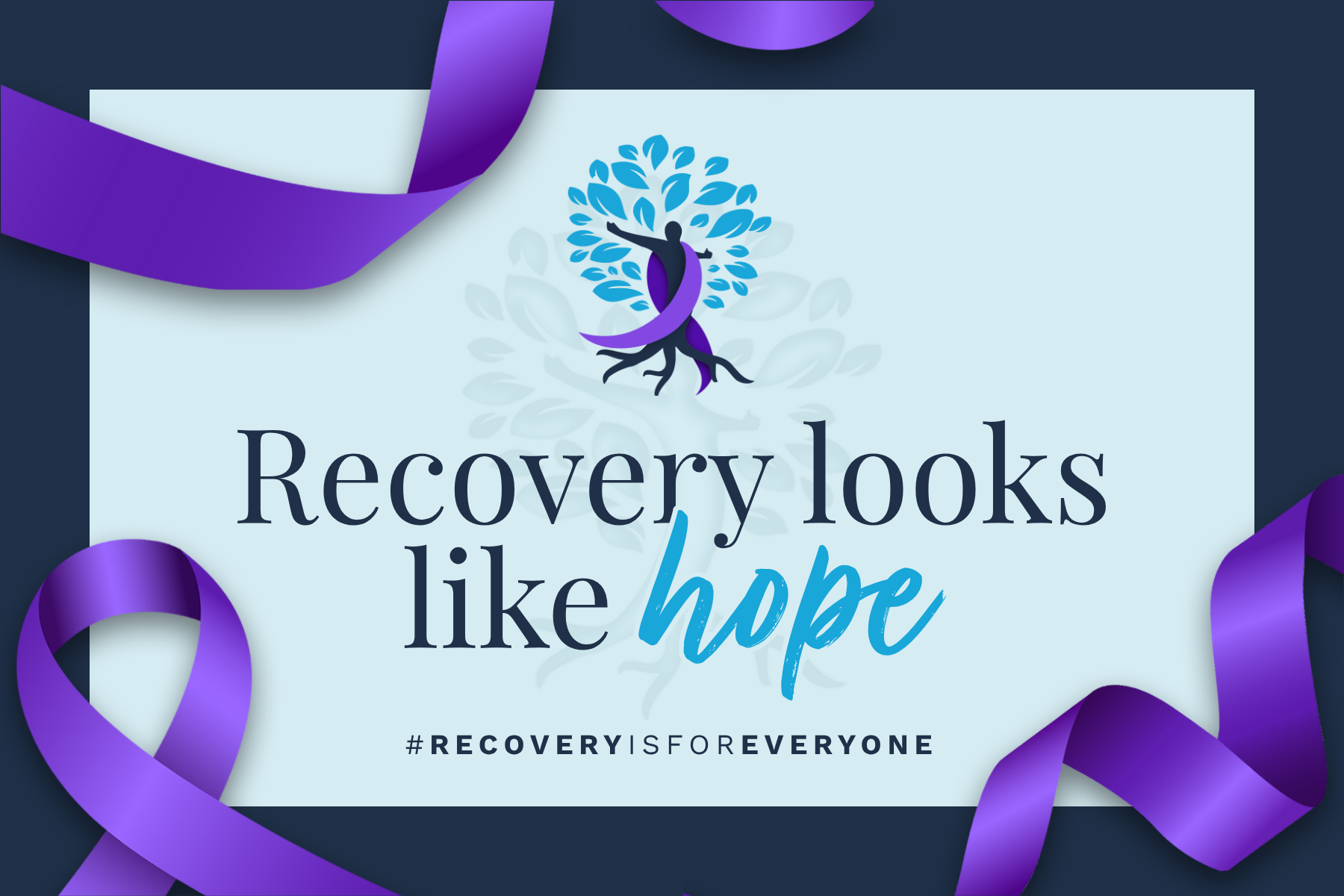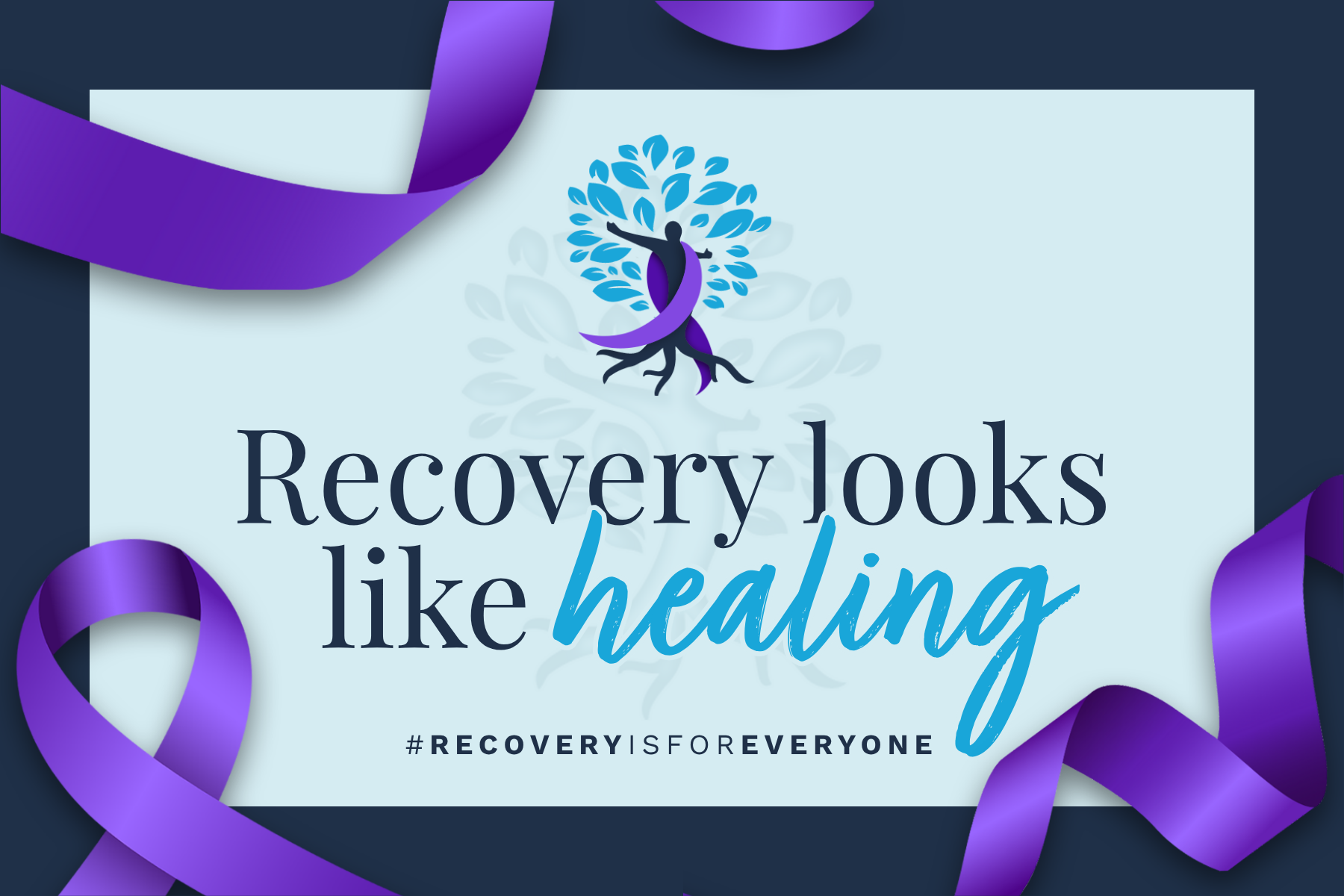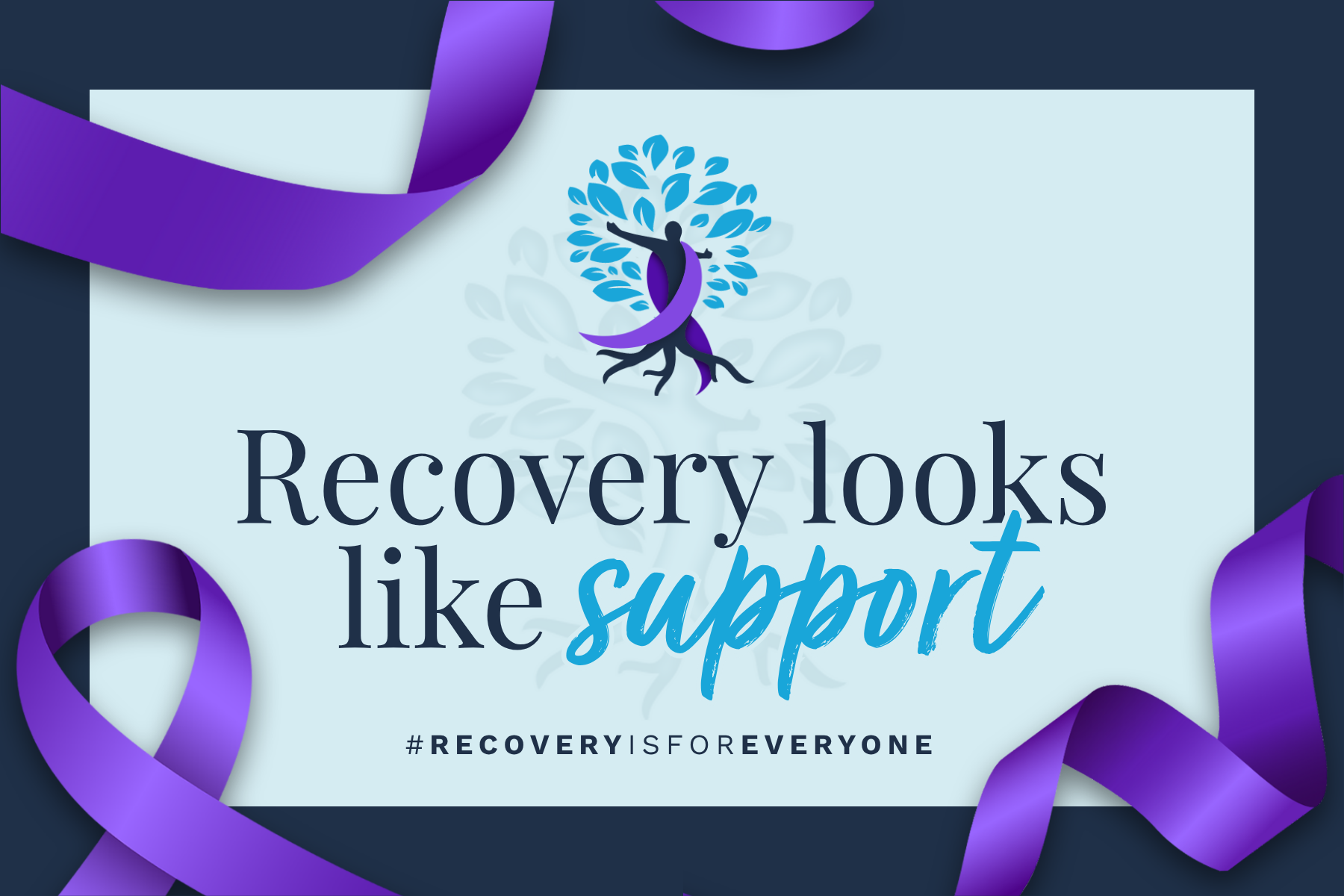
Recovery Is For Everyone: Tandem Interactive's Social Impact Campaign accelerated the national movement to solve the US addiction treatment accessibility crisis through grassroots marketing and community activation of the #RecoveryIsForEveryone movement, amplifying Legacy Healing Center's evidence-based treatment programs during National Recovery Month 2025.
The campaign co-designed and produced platform-specific content and community engagement initiatives to increase public awareness on treatment barriers, equip audiences with new tools and resources to advocate for accessible recovery in their communities, and position the addiction treatment gap as one of the most urgent and solvable public health crises of our time. It leveraged both social and digital media channels to reach audiences of recovery advocates, families, healthcare professionals, and treatment seekers with information on breaking down barriers and accessing life-saving care through Legacy's comprehensive programs and broader community resources.
Our primary goals were:
Our plan of action focused on activating the #RecoveryIsForEveryone movement with the widest possible audience of recovery stakeholders across demographics that traditionally believe treatment isn't accessible to "people like them." We bootstrapped our community network by creating content that resonated with the entire recovery ecosystem, including alumni from all treatment centers, family members of those in recovery, healthcare professionals, and recovery advocates nationwide. Accompanied by platform-specific engagement strategies, our content served as an effective tool for community building, stigma reduction, and accessibility education.
Our digital strategy leveraged five primary platforms to reach diverse stakeholder audiences. TikTok served recovery advocates and younger demographics through trending audio adaptations and myth-busting content. Instagram engaged visual storytellers through interactive carousels and Stories featuring our signature purple ribbon integration. Facebook fostered community discussions among families and established recovery advocates. LinkedIn connected with healthcare professionals and industry leaders through data-driven accessibility insights. YouTube provided comprehensive testimonial content for those seeking in-depth recovery information.
Uniquely, we integrated Legacy's signature purple ribbon visual identity into every piece of content across all platforms, creating instant movement recognition that transcended traditional healthcare marketing approaches. The purple ribbon's consistent presence enabled community members to adopt and share the visual identity organically, transforming brand elements into movement symbols used by recovery advocates regardless of their connection to Legacy.
In response to the overwhelming community engagement, we prioritized user-generated content strategies that encouraged authentic story-sharing from the broader sober community. This approach required developing sophisticated HIPAA-compliant processes for community participation while maintaining authentic engagement. We created safe spaces for vulnerable sharing through carefully crafted community guidelines and response protocols that protected participant privacy while fostering genuine connection.
At the campaign's onset, healthcare social media content typically focused on institutional messaging rather than community building. Although we maintained consistent posting schedules and engagement protocols, it was challenging to generate authentic community participation in healthcare marketing, particularly around sensitive topics related to addiction recovery. However, our community-first approach succeeded in creating unprecedented engagement levels, with over 500 authentic recovery story submissions from community members who adopted our purple ribbon imagery and #RecoveryIsForEveryone messaging.
The breakthrough came through our "solution-forward storytelling" approach that educated about recovery accessibility without making treatment claims, enabling viral reach while maintaining strict healthcare regulatory compliance. Every content piece included UTM tracking for precise attribution, solving healthcare marketing's traditional measurement challenges.
Our most significant innovation was creating sustainable social infrastructure that continues generating organic engagement months after the campaign's formal conclusion. The #RecoveryIsForEveryone hashtag and purple ribbon imagery have been adopted by treatment professionals, recovery organizations, and healthcare advocates nationwide, demonstrating lasting movement impact beyond traditional campaign metrics.
The campaign successfully delivered grassroots validation through over 500 authentic community story submissions, while achieving measurable business results, including a 138% increase in website traffic. This proves that agencies can build genuine social movements that meet client objectives.
Despite the challenging landscape for addiction treatment marketing, where stigma and shame typically prevent open community dialogue, the campaign successfully sparked authentic conversations about recovery accessibility that reached far beyond Legacy's direct patient community. We achieved our goal of transforming the "recovery is for everyone" ethos from institutional messaging into genuine community belief, bringing accessibility conversations into recovery advocacy spaces and encouraging treatment seekers to believe they belong in recovery regardless of their background.
Recovery advocates and community members began sharing their own stories using our messaging, with one community member posting: "I never thought recovery was for someone like me until I saw these stories. Recovery really is for everyone, and that includes people like me who thought we were too broken to heal."
Key Community Impact:
The campaign's most meaningful achievement was creating space for authentic dialogue about recovery belonging. The extraordinary 1,515.9% engagement increase and record-breaking 5.6% engagement rate demonstrated that inclusive recovery messaging resonates powerfully with communities who previously felt excluded from traditional treatment marketing.
The 2,852.4% increase in direct community messages revealed unprecedented personal connection, with recovery advocates reaching out individually to share previously untold stories and encourage others questioning their place in recovery. These personal interactions indicated the deep community need for representation and belonging in recovery conversations.
Community members began openly discussing their previous beliefs that "recovery wasn't for people like me" and sharing how the campaign's messaging helped them recognize their place in the healing community. The overwhelming engagement metrics reflected genuine emotional connection with accessibility-focused content.
This organic community adoption demonstrates authentic philosophy spreading, people embracing and sharing the "recovery is for everyone" message because it addressed real feelings of exclusion and unworthiness that prevented them from seeking healing. The campaign proved that emphasizing universal belonging and accessibility creates measurable community impact that extends far beyond traditional treatment marketing, fostering healing-focused conversations that continue organically within recovery advocacy spaces.
